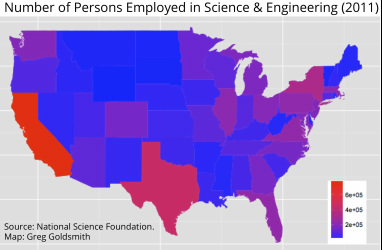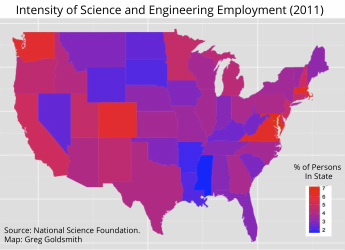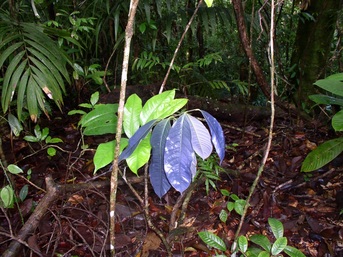The most common fear among us generally seems to be that of saying something erroneous on record, which is amplified by the pressure of speaking extemporaneously, the appeal for clarity and brevity, and perhaps a simple desire to say something interesting without the myriad qualifiers that are inherent to our research. Many others have written very eloquently about strategies for learning to communicate with journalists, but from my perspective, it's largely a matter of practice and learning from my mistakes.
During a recent trip to Peru, I had the opportunity to get to know Justin Catanoso, the director of the journalism school at Wake Forest University. Justin was mad enough to visit our field research sites for a project he is doing on climate change in the Andes. A few of the early products are coming out on National Geographic Newswatch, WUNC radio and WFDD radio. In addition to digging into the complicated issues around the implications of climate change for tropical forests, he does great justice to the physically taxing nature of collecting the data.
Speaking with Justin was a great chance to 'practice' working with a communications professional. You can listen to a segment where I speak about the role that tropical forests play in the water cycle through this link on WFDD.



 RSS Feed
RSS Feed
